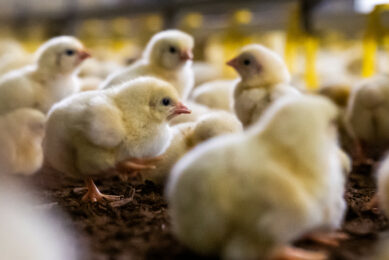Tainted animal feed little threat to humans
Despite the massive recall of melamine-tainted pet food consumers do have little to fear from the news that hogs and chickens sold to the public also ate the tainted feed, health experts say.
Because melamine itself carries a very low toxicity to humans, the dose
consumers may have received in pork or chicken is very low compared to that
eaten by pets in their food, and because cats and dogs also differ greatly
physiologically from humans.
Government officials say they have so far
turned up no sign of melamine-linked sickness in either humans or in the
chickens and hogs fed the contaminated pet food.
There are many reasons
mitigating consumers’ risk, experts say.
Melamine’s low
toxicity
“As recently as 2000, experts almost took melamine off the list
of products to be tested in foods, because its toxicity is so low. In fact, one
standard measure of a compound’s ability to cause harm found that people would
have to ingest three times their body weight of melamine to run any serious
health risk.
Lower dosages
Dogs and cats are primarily eating
just one product, so they were eating melamine at high concentrations every day.
It is also suspected that Chinese workers who added the melamine to wheat gluten
and rice proteins may have added much more to some lots than to others, which
results in some spots where there was a lot of it, and that got passed on to
certain pets.
Humans, on the other hand, didn’t eat the pet food
directly. Instead, it was fed to hogs or chickens who naturally excrete much of
the melamine away.
In fact, very little of the compound could be expected
to settle in the animals’ muscle tissue. And unlike pets eating a single food,
consumers are not exclusively eating chicken or pork.
Different
physiologies
There are lots of differences between species on how they
respond to chemicals. Cats can develop kidney failure from chewing on Easter
lilies, and dogs can die after eating grapes – neither of which harm
humans.
Cats, especially, have very acidic urine, and it could be that
melamine and its metabolite, cyanuric acid (also detected in the recalled pet food), might
form crystals in the kidneys of cats. So, the acidity of their urine may help in
the formation of these damaging crystals.
The bottom line: The current
melamine scare offers little or no threat to the health of the typical US
consumer, experts said.
The health of their pets is not so certain,
however. It’s still not even clear how many cats and dogs died from eating the
tainted products.











